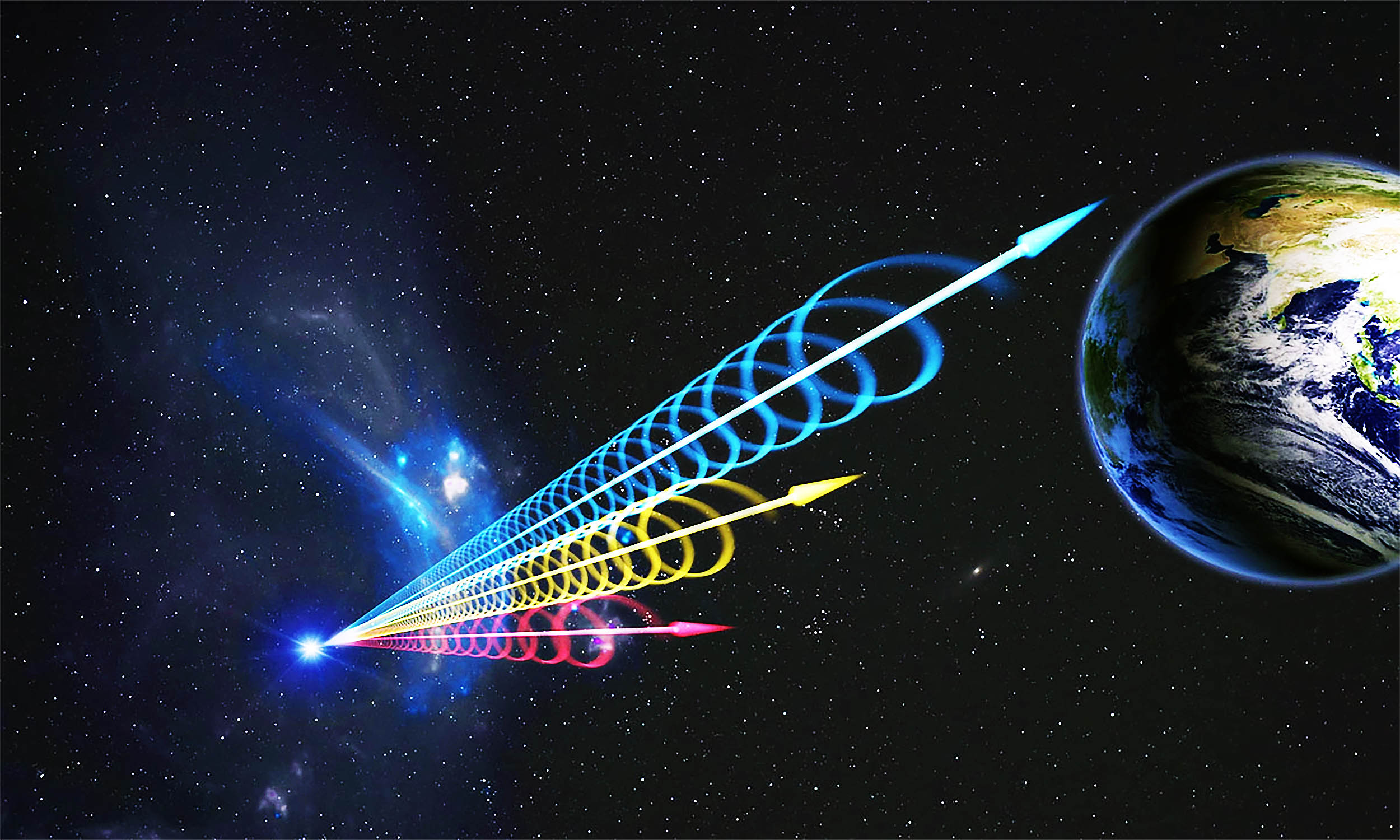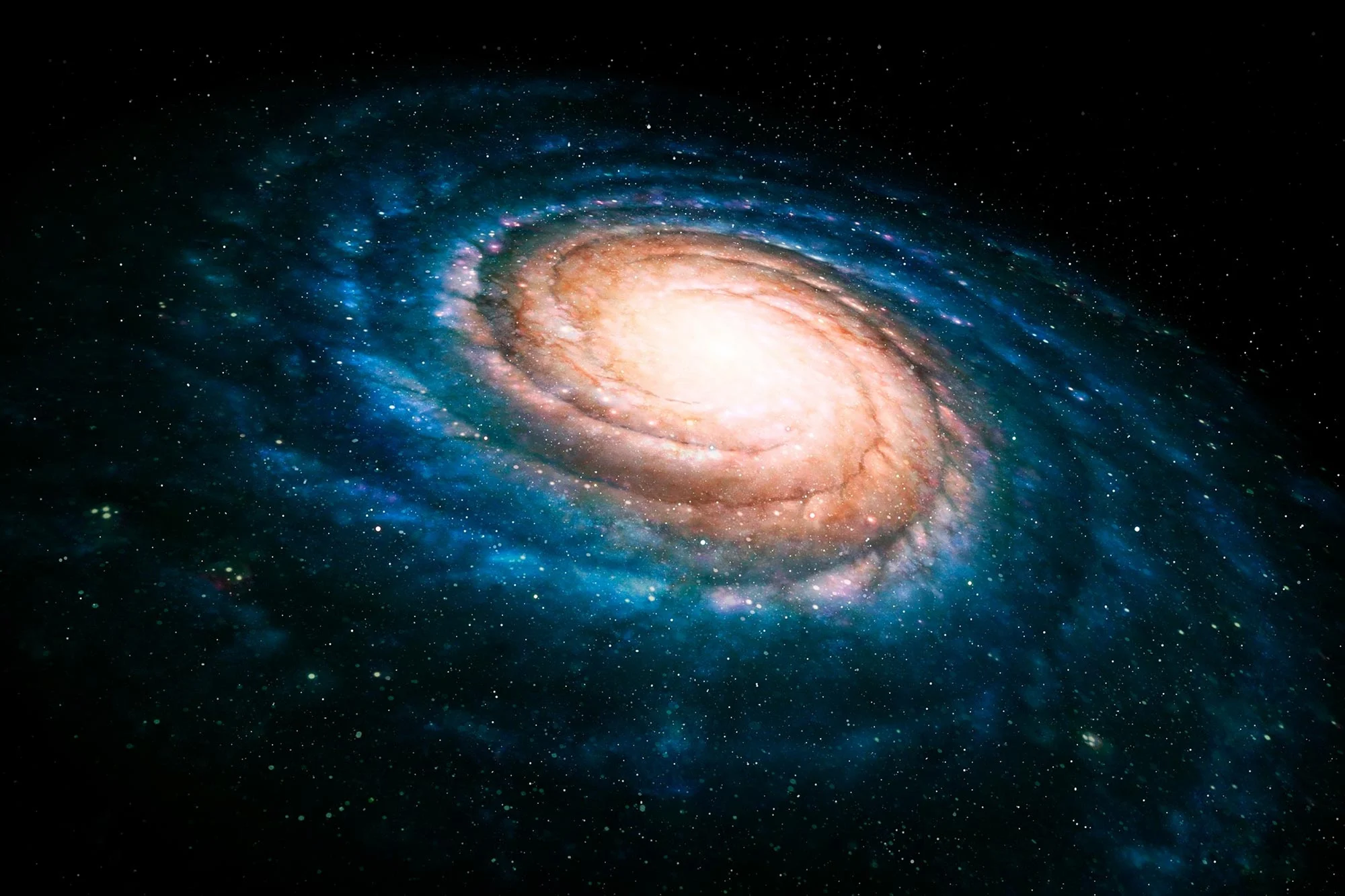Astronomers Confirm Einstein’s Theory as Star Near Milky Way’s Black Hole Shows Unusual Orbit Pattern
A recent discovery has provided strong evidence supporting Albert Einstein’s theory of general relativity. This confirmation comes from the behavior of a high-speed star named S2, which orbits the supermassive black hole located at the center of the Milky Way galaxy. Over 27 years of observations, astronomers from the European Southern Observatory (ESO) have tracked S2’s path, revealing a unique orbital motion that aligns precisely with Einstein’s predictions, further validating his groundbreaking work from over a century ago.

S2’s Unique Orbit
Located about 26,000 light-years from Earth, S2 has a 16-year orbital period around the supermassive black hole at the center of our galaxy. Astronomers have closely monitored S2’s movements using advanced instruments on the ESO’s Very Large Telescope in Chile, making over 300 observations. Their analysis revealed that S2 does not follow the fixed elliptical orbit predicted by Isaac Newton’s theory of gravity. Instead, S2’s path shifts slightly with each orbit, creating a rosette-like pattern. This phenomenon is known as Schwarzschild precession, a type of orbital precession where the star’s closest point to the black hole gradually moves forward with each orbit.
Einstein’s theory of general relativity, formulated over 100 years ago, predicted this subtle effect. It describes how objects like S2, when influenced by the massive gravitational field of a black hole, do not maintain a closed, unchanging orbit as they would under Newtonian gravity. Instead, their orbits shift forward within the plane of motion. This effect was first observed in the orbit of Mercury around the Sun, which provided early evidence for general relativity. Now, it has been observed for the first time in a star orbiting a black hole, providing a new level of confirmation for Einstein’s ideas.
As study co-author Reinhard Genzel, director of the Max Planck Institute for Extraterrestrial Physics in Germany, highlighted, “One hundred years later, we have now detected the same effect in the motion of a star orbiting the [black hole] at the center of the Milky Way.” This discovery marks a milestone in astrophysics, demonstrating how general relativity continues to explain the behaviors of cosmic objects under extreme gravitational conditions.
Implications for Understanding Dark Matter and Black Hole Dynamics
The findings from the S2 observations have significant implications beyond reinforcing Einstein’s theory. By precisely matching the observed behavior of S2 with the predictions of general relativity, researchers can refine their understanding of the types and quantities of matter present at the center of the galaxy. This includes assessing the amount of invisible material, such as dark matter or smaller black holes, that might be hidden around the supermassive black hole.
According to study co-authors Guy Perrin from the Paris Observatory and Karine Perraut from the University of Grenoble, the precision of the S2 measurements allows scientists to “set stringent limits on how much invisible material, such as distributed dark matter or possible smaller black holes, is present.” This insight is crucial for understanding the formation and evolution of supermassive black holes, as well as the mysterious dark matter that makes up a significant portion of the universe’s mass.
In sum, the precise tracking of S2’s dance around our galaxy’s supermassive black hole not only confirms a key aspect of Einstein’s general relativity but also enhances our understanding of the hidden forces shaping the universe.





It’s rotating around the black hole, and it’s rotating around the black hole. For every elliptical rotation around, it is also moving, say a degree as an example, of rotating perpendicular of its rotation around. If it was 1° of movement, and traced. In 5,760 years the trace would make a petal pattern. Take an oval. That is the rotation around. Now take that oval with the edge on of the rotation around and rotate the whole thing a degree with the black hole still the pivot point for that rotation.
Einstein was an amazing mathematician which is saying it mildly. Yet, in his heart he was a very simple and shy person. What he did was follow mathematics and his formula for the balance of the Universe was, to me, more amazing than E= M x C2 which was an offshoot of the Universe formula.
We had known he was right ever since the theory of relativity could successfully predict Mercury’s orbit around the sun. Why are people suddenly now so surprised when they used it to successfully predict a star’s erratic orbit around a black hole. They used the same math to predict and explain essentially the same phenomenon. I mean duh…